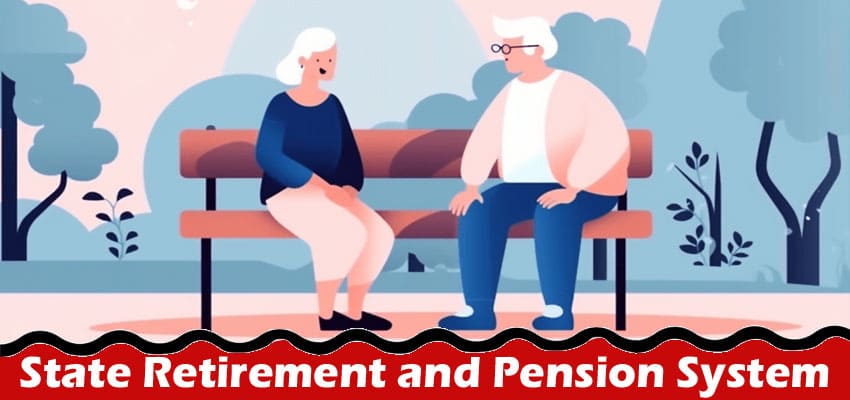Our State Retirement and Pension System serves employees working in Washington State government, public schools, universities, community colleges, municipalities, counties, law enforcement agencies and highway patrol. These systems help protect and reward our public employees, attract and retain a qualified workforce and achieve administrative savings.
Pensions are defined benefit plans that guarantee members a certain income after they retire and for life. The amount they receive depends on their final compensation and years of service.
Contributions
Despite national and global financial uncertainty, a decade of steady increases in employer contributions has significantly impacted the fiscal health of state retirement and pension system. Funding above the actuarial contribution and net amortization benchmarks has helped states catch up with prior missed contributions, avoid the need for contribution increases when investments underperform, and provide a cushion against market volatility.
A key reason that many states have been able to improve their funded status is the policies they have adopted. Several stood out in Pew’s analysis as practical tools to improve pension funding, including funding above the actuarial contribution, lowering return assumptions, establishing variable-benefit provisions, and using stress testing and risk analysis.
One of the most critical factors affecting the cost of a pension benefit is the discount rate actuaries use when projecting future expenses. As the discount rate rises, states’ actuarially determined employer contribution (ADEC) increases.
Another critical factor influencing the cost of a pension benefit is plan design. For example, some systems offer retirees an annual cost-of-living adjustment to protect against inflation.
In addition, some plans are moving to lower the discount rate they use to estimate future costs. By reducing the discount rate, states can protect themselves against investment shortfalls or the need for employer contributions to increase when discount rates prove too ambitious.
Benefits
State retirement and pension systems contribute to the quality of life in their communities. Designed to help employees protect their families and their retirement savings, these programs not only help attract and retain a qualified public workforce, stimulate the economy and reduce social assistance needs.
Members are vested in the SRPS after three years of participation (36 months of contributions). Once granted, they have access to their money in the plan. They may withdraw their accumulated balance of employee contributions or terminate their membership with a refund of accumulated interest up to the termination date.
NHRS retirement benefits are based on a formula that considers your average final compensation, years of creditable service, and a benefit multiplier. Vested and early service retirees receive a higher retirement benefit than vested deferred members, depending on their vested status as of January 1, 2012.
ERISA-covered defined benefit plans promise a specific monthly benefit at retirement. These benefits are typically protected, within certain limits, by federal insurance administered by the Pension Benefit Guaranty Corporation.
Expenses
The state pension system makes several different kinds of expenses. Those include benefits and investments, but the bulk of its budget is for administration. This includes calculating benefits, paying out benefits, and maintaining records of membership and vesting.
The most significant expense for the system is investment management fees, which are deducted from benefit payments and contributions. They are typically capped at 20% of assets under management. The system also pays investment managers a portion of their profits from their portfolios, called carried interest.
Another high cost is for actuarial services. The price of a single actuary has risen to almost $1.3 million per year. This reflects the complexity of managing state retirement systems.
The best way for states to avoid the costly trade-offs between annual budgets and pension plan balance sheets that many governments have faced during financial downturns is to set policies that guarantee long-term funding levels while keeping costs steady and ensuring retirement security. This can be done by increasing employer contributions or limiting increases in annual benefits. It can also be accomplished by using risk analysis and stress testing to ensure that if investment returns fall short of expectations, public pension plans and their employers will have tools to manage the risks.
Investments
A state retirement and pension system invests in various asset classes to provide the best long-term returns to its members. These investments are based on a comprehensive investment policy that considers the plan’s liability stream, projected benefit payments, expected revenue from contributions, and investment earnings over time.
The investment portfolios are diversified across various asset classes, including public equities, fixed-income securities, international and real estate investments and alternatives such as private equity, hedge funds and infrastructure. This allows the systems to manage risk while preserving long-term performance and maintaining stability in short-term market cycles.
STRS Ohio’s professional staff manages most of its assets and oversees a diversified portfolio of stock, bond, global asset allocation strategies and alternative investments. The system also employs a team of external money and investment managers to invest its assets for all three methods.
In addition, the system’s independent actuary produces a report that examines “What if?” scenarios to ensure that future employer contributions will be sufficient to pay benefits when due to members and that the resulting unfunded liability will not impair future benefit payment performance or negatively impact members’ retirement savings.
As a fiduciary, the Treasurer’s office manages the invested assets of all six Connecticut State Pension Funds and nine state trust funds. The Pension Funds Management Division (PFM) executes the programs of these funds, as well as other Combined Investment Funds.


